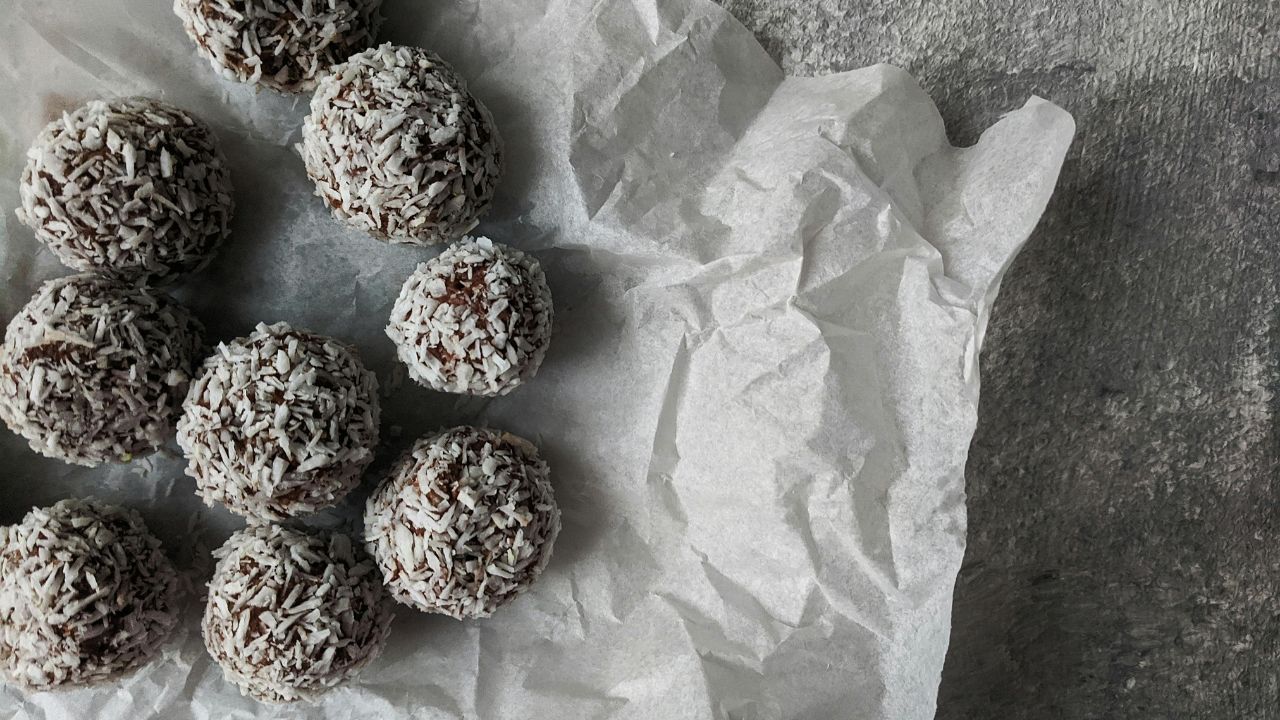Imagine savoring a candy with earthy, umami richness of mushrooms mixed with creamy sweetness of coconut. Sounds different? Welcome to the world of coconut mushroom candy, a special delight with appealing taste senses for both wellness buffs and others. This creative delicacy offers a guilt-free treat as nutritional as it is taste by combining tropical flavors with beneficial fungus. From its beginnings to do-it-yourself recipes, this book covers all you need to know about coconut mushroom candy, regardless of your dietary preferences—curative or curious.
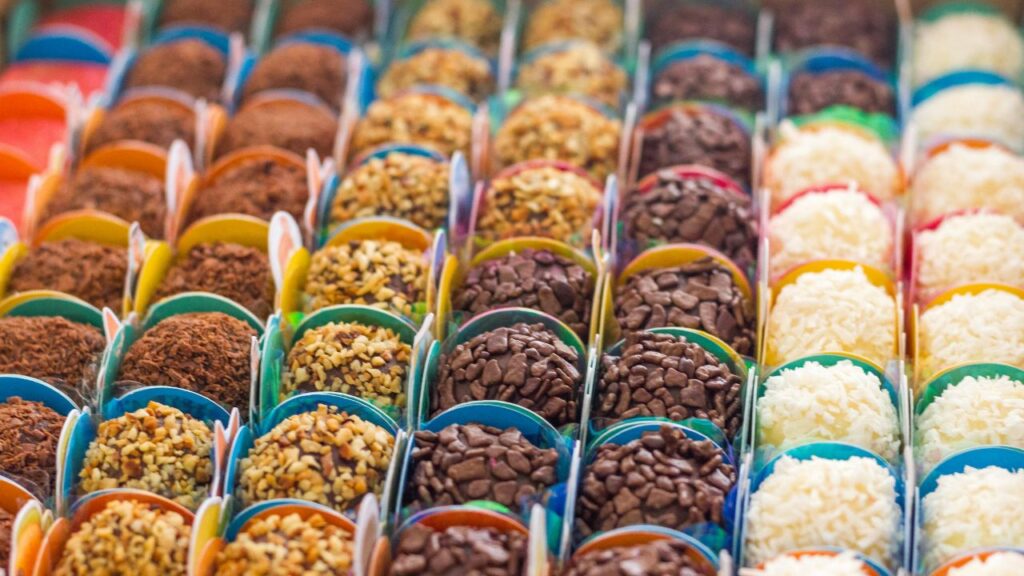
What Is Coconut Mushroom Candy?
Modern take on traditional sweets, coconut mushroom candy mixes shredded coconut or milk with powdered medicinal mushrooms including reishi, lion’s mane, or chaga. The coconut has chewy texture and natural sweet taste; the mushrooms have faint earthy scents and medicinal qualities. Usually bite-sized, these delights taste even more from dark chocolate-covered or cocoa powder-covered forms. With features like immunological support, cognitive development, and stress reduction, coconut mushroom candies appeal to dessert aficionados as well as health seekers unlike other gummies or hard sweets. Popularized by companies like Moon Juice and Sun Potion, these delicacies are now increasingly found in kitchens all over from handcrafted versions.
The Surprising Origins of Mushroom-Infused Sweets
Although seems like a hip new creation, the idea of combining mushrooms with sweets originated in ancient herbalism. Long utilized in honey-based tonics to increase vitality, traditional Chinese medicine (TCM) makes use of reishi and cordyceps. A famous dish from the Philippines, nata de coco (coconut gel) influenced contemporary coconut-centric candies. These customs combined with Western wellness trends produced the mushroom candies of today. Early 2010s adopters tested adding adaptogenic mushrooms to chocolates and energy bars, but coconut’s adaptability made it the ideal carrier for powder form. These days, this sweet closes the distance between nostalgic comfort and functional diet.
How Coconut Mushroom Candy Is Made
Making coconut mushroom candy begins with superior ingredients. Mixed with mushroom extracts—usually in powder form—and natural sweeteners like honey, maple syrup, or dates, dried coconut flakes or coconut milk After mild heating to bind the components, the mixture is formed into little mounds or pressed into molds. Taste variation calls for vanilla, cinnamon, or cocoa in some recipes. Dipped in melted dark chocolate, which highlights the earthiness of mushrooms, the candies provide a chocolate gloss. Small-batch producers provide organic, sustainably obtained coconuts and mushrooms of first importance in order to ensure purity and potency. Hence, An antioxidant and adaptogen-filled chewy, somewhat nutty delight.
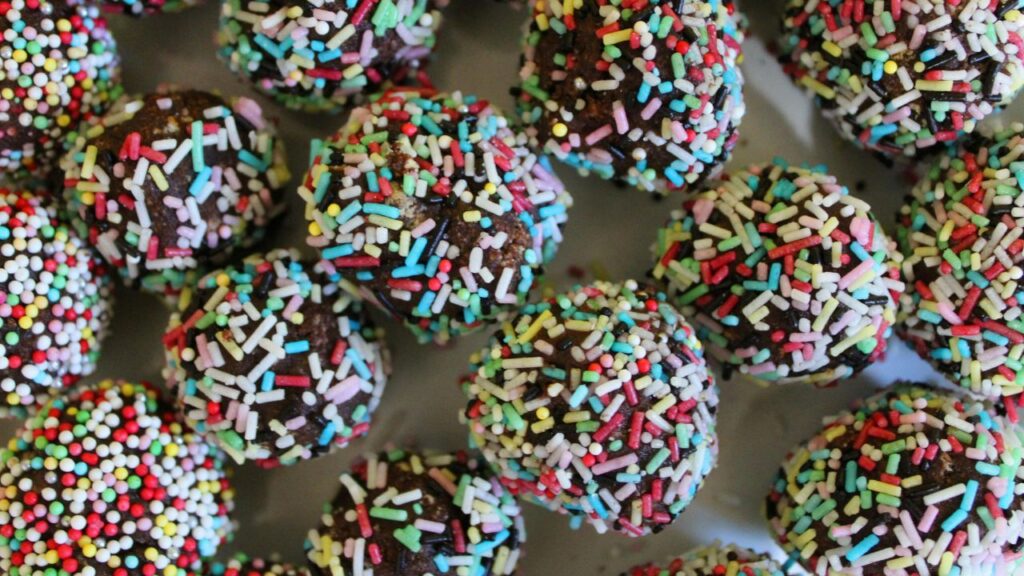
Health Benefits of Coconut Mushroom Candy
Coconut mushroom candy is a functional food rather than only a sugar fix. While mushrooms have special benefits, coconut supplies medium-chain triglycerides (MCTs), which support energy and metabolism.
- Reishi: Calms stress and boosts immunity.
- Lion’s Mane: Enhances focus and nerve health.
- Chaga battles oxidative stress and inflammation.
- Cordyceps increase oxygen absorption and endurance.
Taken together, they offer a low-glycemic, dairy-free sweet heavy in fiber. These candies provide continuous energy unlike traditional sweets that lead to energy collapses. Still containing natural sugars, moderation is essential, though.
Taste and Texture: What to Expect
Concerned mushroom candy tastes like ground underfoot in a forest? Not to worry about. Coconut mushroom candy combines tropical sweetener with earthy tastes. Natural creaminess of the coconut helps to balance the harshness of the mushrooms; additives like vanilla or citrus zest accentuate the profile. With a possible crunch from cocoa nibs or nuts, texture-wise you might expect a chewy, rather dense bite akin to a macaroon. Chocolate-coated varieties provide a smooth contrast. Companies like Four Sigmatic and Laird Superfood have perfected this mix, which makes their candies appealing even to mushroom avoiders.
Where to Buy Coconut Mushroom Candy
Specialty stores and internet retailers carry. Whole Foods and Sprouts, among other wellness stores, carry products such Om Mushroom and Rebbl. Online, Amazon and brand websites include regular delivery subscription boxes. Local health food stores or farmers’ markets can include handcrafted variations for a customized touch. Look for organic certifications, mushroom potency (search for “full-spectrum extract”), and added sugars on labels while shopping. Depending on ingredients and brand repute, prices run from 10 to 10 to 25 per bag.
DIY Coconut Mushroom Candy: A Simple Recipe
About ready to create your own coconut mushroom candy? Here is a simple recipe:
- Combine two cups shredded coconut, one-fourth cup coconut oil, one-fourth cup maple syrup, one teaspoon vanilla, two teaspoons lion’s mane or reishi powder.
- Roll into one-inch balls or press into silicone molds.
- Set by freezing for thirty minutes.
- Coat (optional) Dip melted dark chocolate then sprinkle sea salt on top.
- Store refrigeration for up to two weeks. Personalize with add-ins such ginger, cocoa, or chia seeds.
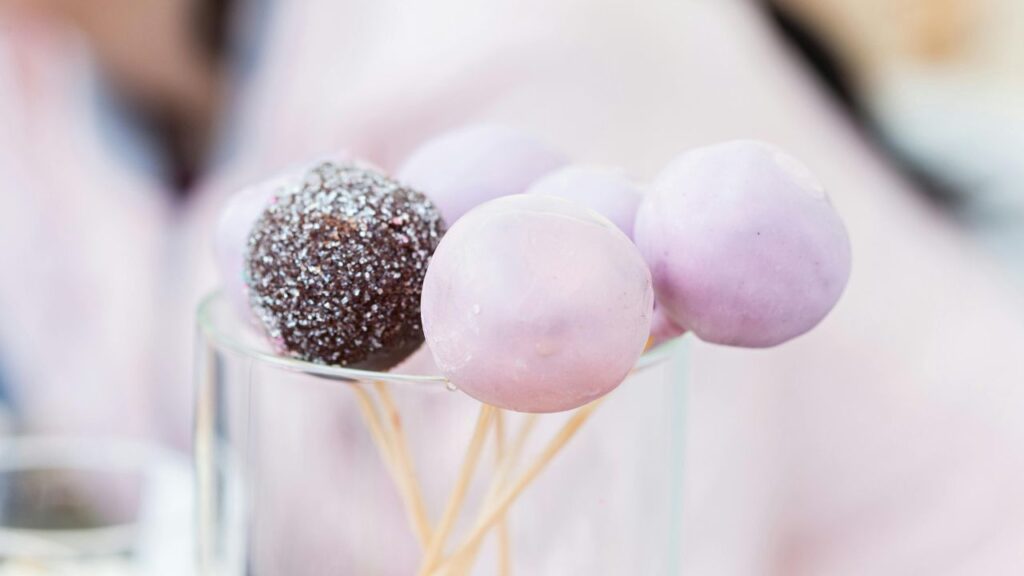
Coconut Mushroom Candy vs. Other Functional Sweets
Against other healthful foods, how does coconut mushroom candy fare? While CBD gummies center on relaxation, mushroom candies target cognitive ability and vigor. Their nutritious content is higher than dark chocolate by itself and they have less sugar than dried fruit bars. The candy form provides a faster, more delicious method of ingesting adaptogens than mushroom coffees or teas. It’s a clean, plant-based choice for people avoiding caffeine or synthetic additions.
Sustainability and Ethical Sourcing
Growing demand calls for ethical manufacture of coconut mushroom candy. Because overharvesting wild mushrooms like chaga threatens ecosystems, reputable companies utilize responsibly farmed or lab-grown types. Similarly important is coconut sourcing; choose Fair Trade or Rainforest Alliance certifications to help producers and prevent deforestation. Zero-waste companies match environmentally concerned beliefs by packaging sweets in recyclable wrappers.
Coconut Mushroom Candy vs. Regular Candy
| Feature | Coconut Mushroom Candy 🥥🍄 | Regular Candy 🍬 | Why It Matters 🌟 |
|---|---|---|---|
| Core Ingredients | Organic coconut + adaptogenic mushrooms (reishi, lion’s mane) | Refined sugar, artificial colors, corn syrup | Avoids harmful additives; fuels your body with natural, functional ingredients. |
| Health Benefits | Boosts immunity, focus, and energy; reduces stress | Zero nutritional value; linked to energy crashes | Turns snacking into a wellness ritual—no guilt, just goodness. |
| Flavor Profile | Creamy coconut + earthy mushroom notes; balanced sweetness | Overly sweet, one-note flavors (e.g., fruity or chocolate) | Satisfies cravings without overwhelming your taste buds. |
| Sugar & Calories | Low-glycemic sweeteners (dates, maple syrup); 50–80 cals/piece | High in refined sugar; 100–150+ cals/piece | Supports stable blood sugar levels and mindful indulgence. |
| Sustainability | Ethically sourced mushrooms; compostable packaging | Palm oil, plastic wrappers, unsustainable sourcing | Reduces environmental harm and supports eco-conscious brands. |
| Dietary Needs | Vegan, gluten-free, dairy-free; allergy-friendly | Often contains dairy, gluten, or nuts | Safe for diverse diets—vegan, keto, or gluten-sensitive folks can enjoy. |
| Price Point | Premium ($10–$25/bag); sold at health stores or online | Budget-friendly ($1–$5/bag); sold everywhere | Targets wellness-focused buyers who prioritize quality over quantity. |
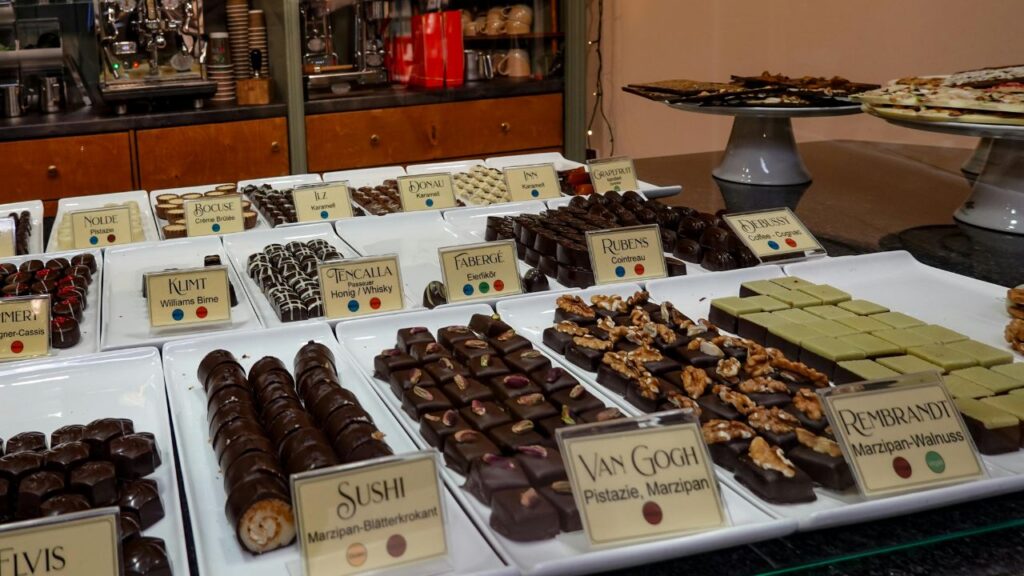
The Future of Functional Candy
Part of a growing functional food market expected to reach $275 billion by 2025, coconut mushroom candy Look for developments like vegan “mylk” chocolates containing adaptogens, mushroom-coconut nutrition bars, and even savory mushroom caramels. These candies will probably become pantry mainstays as studies confirm the health advantages of mushrooms, recommended by nutritionists and liked by snackers.
FAQ’s
1. Do coconut mushroom candies taste like mushrooms?
The sugars and coconut cover most earthy tastes, leaving a faint, nutty aftertaste.
2. Are these candies safe for kids?
Indeed, but be sure to do so; some mushrooms are not advised for young children.
3. Can I use fresh mushrooms?
No—always guarantee safety and efficacy by using food-grade powders or extracts.
4. How long do homemade candies last?
Two weeks or more refrigerated in an airtight container.
5. Where can I buy mushroom powder?
Health businesses or internet merchants such as Mountain Rose Herbs or Thrive Market.
